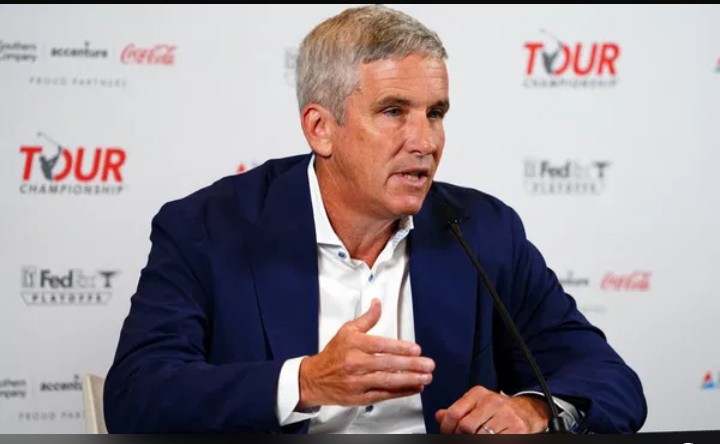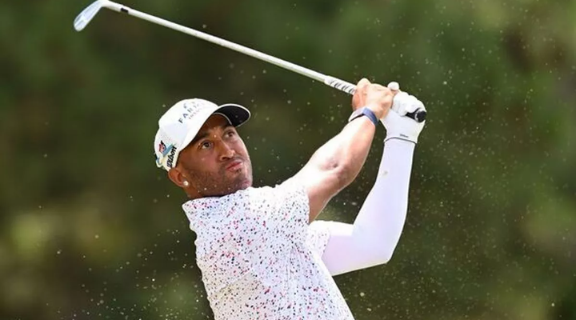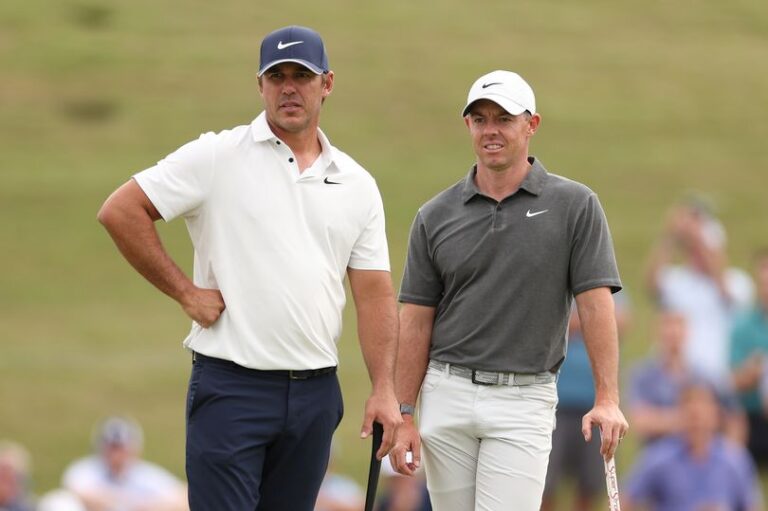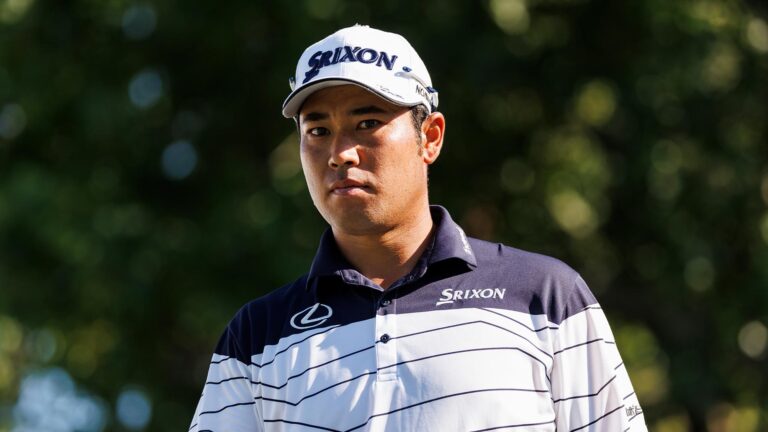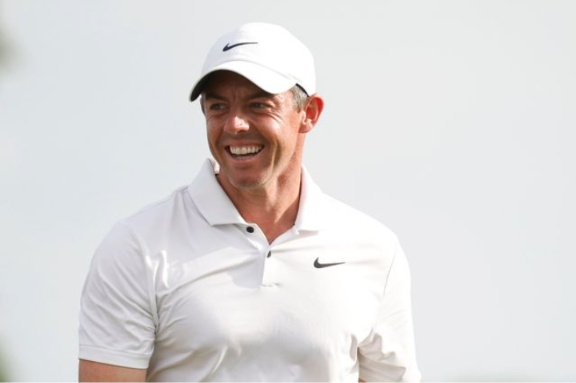Is PGA Tour Losing Its Sponsors?
The once-stable world of golf sponsorships is facing a serious upheaval. Corporate partnerships have long been a cornerstone of the PGA Tour’s financial structure, but now, as competition from LIV Golf intensifies, the importance of these sponsorships has grown even more critical. However, recent developments have raised alarm bells, casting doubt on the Tour’s ability…
The once-stable world of golf sponsorships is facing a serious upheaval. Corporate partnerships have long been a cornerstone of the PGA Tour’s financial structure, but now, as competition from LIV Golf intensifies, the importance of these sponsorships has grown even more critical. However, recent developments have raised alarm bells, casting doubt on the Tour’s ability to retain its most crucial backers.
In a surprising move, Sanderson Farms, a long-time sponsor of the Sanderson Farms Championship, announced its decision to step away from the PGA Tour, despite having a contract in place through 2026. The reasons behind this departure remain unclear, but the timing is significant, coming just before the tournament tees off on October 3. Tournament Director Steve Jent is now left to search for a new title sponsor to replace the outgoing company, a challenging task given the uncertain landscape.
This exit is a stark reminder that the PGA Tour’s sponsorship issues may be far from over. In fact, earlier this year, PGA Tour player director Webb Simpson expressed concern over the Tour’s business model. In a January 2024 interview with *Golfweek’s* Adam Schupnak, Simpson revealed his worries about the future of sponsorships, stating bluntly, “The model is broken.” He explained that the escalating prize purses are putting enormous financial strain on sponsors. “Wells Fargo, Farmers—they’re pulling out. And I think a couple more will follow suit.”
Simpson’s predictions have proved accurate. Just a month earlier, in December 2023, Wells Fargo, a prominent sponsor for over 20 years, announced its decision to end its partnership with the Tour after the 2024 season. The bank’s withdrawal, as reported by Erik Spanberg of the *Charlotte Business Journal*, signaled a troubling trend within the golf community, further deepening concerns over the Tour’s financial stability.
A primary driver of the PGA Tour’s sponsorship troubles is the rise of LIV Golf. Launched in 2022, LIV Golf has shaken the golf world, creating a rift in viewership and causing some decline in interest for PGA Tour events. This new competition has forced the PGA Tour to reevaluate its financial model, which in turn has increased the cost of sponsorships.
So, what exactly is pushing sponsors away from the PGA Tour?
One of the biggest factors is the growing financial burden on sponsors. According to Josh Carpenter of *Sports Business Journal*, companies are becoming reluctant to commit to the PGA Tour’s increasing demands. This is largely a response to LIV Golf’s deep financial resources, backed by the Saudi Public Investment Fund, which controls assets worth $700 billion. By contrast, the PGA Tour operates as a not-for-profit organization with an annual budget of around $1 billion. To combat LIV Golf’s influence, PGA Tour Commissioner Jay Monahan introduced “Signature Events” in 2022, offering higher purses and bonuses. While this move was intended to retain top players and boost fan engagement, it has significantly increased the financial burden on sponsors, leading to greater hesitancy in long-term commitments.
Another challenge the PGA Tour faces is the departure of star players. High-profile golfers like Bryson DeChambeau, Jon Rahm, and Brooks Koepka have all moved to LIV Golf, lured by massive signing bonuses and lucrative prize money. Even Rory McIlroy, one of the PGA Tour’s biggest names, expressed concern about the impact on the sport. In an April 2024 interview, McIlroy pointed out the PGA Tour’s declining TV ratings, saying, “If you look at the TV ratings of the PGA Tour this year, they’re down 20 percent across the board. That’s a fifth—that’s big.” As more top talent migrates to LIV Golf, the appeal of the PGA Tour is further diminished, reducing its value to both fans and sponsors.
RBC, another longtime sponsor, also voiced its dissatisfaction with the current state of the PGA Tour. Mary DePaoli, RBC’s executive vice president, urged the Tour to “figure it out,” expressing frustration over its struggling business model. RBC’s involvement as a sponsor has lasted 16 years, but even long-term partners like them are signaling that changes need to be made to ensure continued financial stability.
With the recent exits of Wells Fargo and Sanderson Farms, the question now looms: Will the PGA Tour be able to adapt and retain its key backers? Only time will tell whether the Tour can navigate this turbulent period and secure its future. For now, the situation remains precarious, with more sponsors potentially preparing to follow suit.
What do you think? Share your thoughts on the PGA Tour’s sponsorship challenges and whether it can overcome them to remain a dominant force in professional golf.
